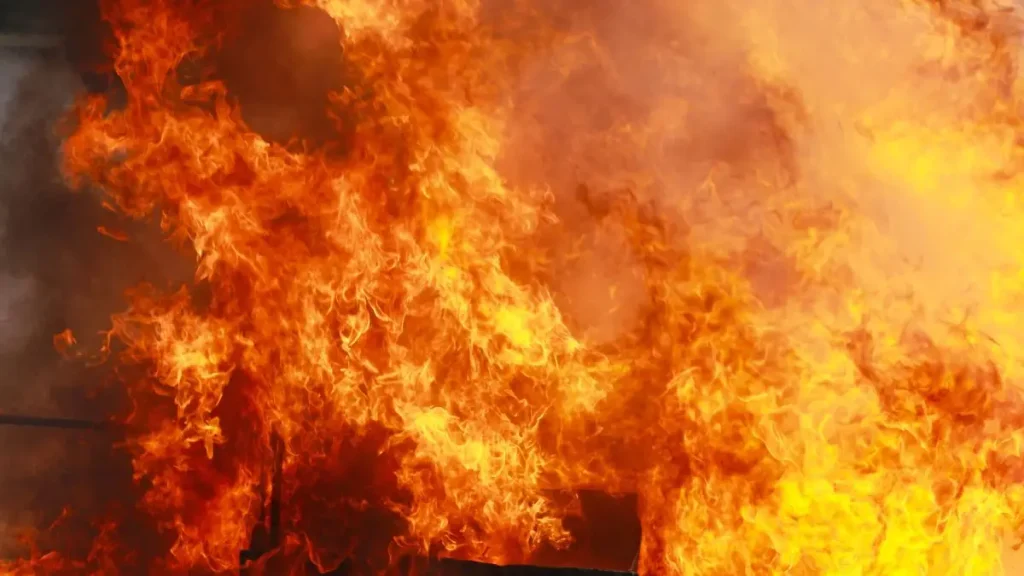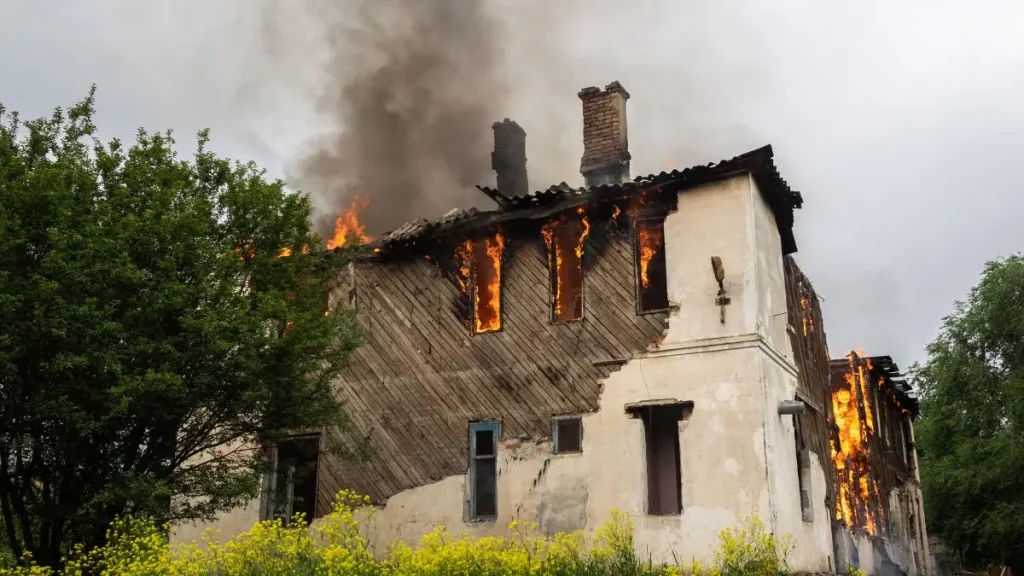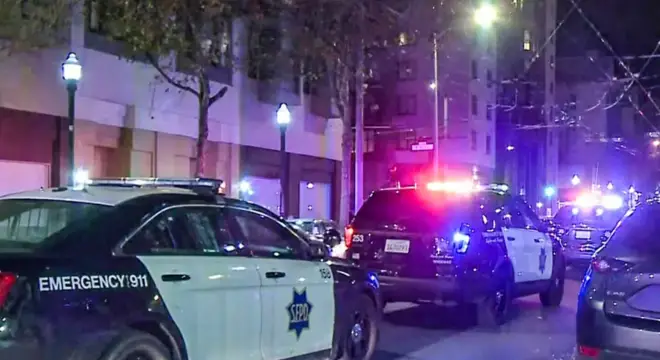Deadly Waldorf House Fire Claims Lives of Six Family Members
I can’t shake the image of that quiet Waldorf neighborhood waking up to chaos on Sunday morning. At 8:40 a.m., flames ripped through a house on Declaration Court, and within minutes, six lives were gone—four of them children. Two men managed to escape, another resident wasn’t home, but the rest of the family never made it out.
I’ve read a lot of coverage of house fires over the years, but what struck me here is how fast this one turned fatal. By the time firefighters arrived, the fire had already advanced so far that rescue was nearly impossible.
Neighbors watched helplessly as smoke poured from the home, some going straight into prayer, others frozen by the horror of knowing kids were trapped inside.
When I write about stories like this, I’m not just thinking about the facts—I’m thinking about what it feels like to be in that moment. To wonder if the alarms went off, to ask yourself what you would have done, and to feel the weight of a community suddenly shattered.
And that’s where I want to start with you: not just with what happened, but with why it matters. Because if a fire can claim six lives in broad daylight in a tight-knit community, it’s a reminder that none of us can afford to ignore the basics of fire safety at home.
Have you ever checked whether your smoke alarms are working—or if everyone in your family knows the escape plan?
The Human Loss — Six Lives Cut Short
When I first read NBC Washington’s report, the line that hit me hardest was simple: six family members gone, including four children. That’s not just a number—it’s a family wiped out in one morning.
Three of those children went to Daniel of St. Thomas Jenifer Elementary. Think about that: desks now empty, classmates trying to process why their friends won’t be back.
The principal has already told families that grief counselors are on hand, but as a parent myself, I know that kind of absence leaves a hole that no counselor can fully fill.
What makes this story even more gut-wrenching is how ordinary the family seemed to their neighbors. Kids playing outside, a friendly wave across the street—gone in seconds. I can’t help but imagine how you or I would feel if it were the house next door.
A Neighborhood in Shock and Mourning
If you’ve ever lived in a close-knit community, you know how quickly neighbors become extended family. That’s exactly what happened in Waldorf. People brought flowers, stood silently at the site, prayed together. One mother, also with young kids, admitted she couldn’t stop asking herself: “Where are the children? Where are they?”
I picture you standing there with them—unable to look at the charred wreckage, yet unable to walk away. Because when tragedy hits this close, it’s not just about the victims; it shakes your own sense of safety too.
And here’s something powerful: despite a language barrier, neighbors described the family as warm and kind. That tells you everything. Community bonds aren’t built on perfect communication—they’re built on shared humanity.
Sadly, I’ve seen this pattern before—like when an Oakland house fire destroyed a home and killed two pets. Different city, same heartbreak of neighbors coming together after a sudden loss
What We Know About the Fire’s Cause

Let’s talk facts. Investigators believe the fire started in an enclosed porch area. That small detail matters, because porches and additions are often not as fire-resistant as the main structure.
The fire spread fast—too fast. By the time firefighters reached Declaration Court, the home was already engulfed. Investigators did find smoke alarms inside, but the big unknown is whether they went off. And here’s the painful truth: in many fatal fires, alarms are either disconnected, dead, or ignored.
I don’t know about you, but I immediately think: when did I last check my own alarms? That’s the kind of self-check a story like this forces on us.
In some cases, quick response does make the difference—like in Oregon, where firefighters rescued a dog from flames. But in Waldorf, the fire had already spread too far.
School and Community Response
The school where three of the children studied has become a hub for grief support. Imagine walking into class and seeing three empty seats—that’s what those classmates faced the very next day. The principal’s message to families was clear: “We’re here with counselors, we’re here to talk, we’re here to listen.”
I think that matters for you and me too, even if we’re not in Waldorf. When kids see death and tragedy up close, they need adults to guide them through the confusion. Sometimes it’s not about having the perfect words—it’s just about sitting with them, listening, and reminding them they’re not alone.
This is where community shows its real strength: not just in mourning the lost, but in protecting the ones left behind.
I often share quick fire-safety reminders and updates on WhatsApp that families find useful. If you’d like to stay updated, you can join the channel here.
Why the Fire Turned So Deadly?
Here’s the question I can’t shake—and I’m guessing you’ve asked it too: How did six people die in a house fire at 8:40 in the morning?
The answer lies in speed. By all accounts, the flames had already raced through the porch and into the main house before help could arrive. Thick smoke and searing heat made rescue impossible. Neighbors stood outside, some praying, some frozen in horror, powerless to step in.
Another factor? Older homes like this often lack sprinkler systems. I dug into national fire data, and one statistic jumps out: most fatal fires happen in homes without sprinklers, and often where alarms aren’t working. That’s exactly the kind of vulnerability that makes tragedies like this one so deadly.
And that’s the part that matters for you and me: we can’t undo what happened in Waldorf, but we can make sure our own homes aren’t ticking time bombs.
Quick check—are there working alarms in your bedrooms, hallways, and basement? If not, this is your wake-up call.
I’d love to hear your thoughts—do you and your family actually practice fire drills at home, or is it something you’ve been meaning to do?
Broader Context — How Rare and Fatal This Incident Is

When I stepped back and looked at the bigger picture, one thing became clear—what happened in Waldorf isn’t just another tragic fire. It’s one of the deadliest house fires Maryland has seen in more than a decade.
In fact, nationwide data shows that fires claiming five or more lives are rare. The Washington Post even noted that in all of 2023, only one U.S. house fire had a similar death toll. That’s how unusual and devastating this moment really is.
Why does this matter for you? Because big tragedies like this remind us that fire safety isn’t just a checklist item—it’s literally life or death. When a fire of this scale happens in broad daylight, in a family home, it forces every one of us to ask: If it happened on my street, would I be ready?
And yet, every year we still hear of deadly fires—just recently, one person was killed after a house fire erupted in Lansing.
What Happens Next? Investigation & Recovery
So what’s ahead? Right now, investigators are working through the slow, painstaking process: confirming identities through dental and DNA records, analyzing the porch area for signs of electrical or structural issues, and reviewing smoke alarms to see if they ever sounded.
For the families and neighbors, the “next” looks very different. It’s grief counseling at schools, memorial services, and the long, hollow days that follow sudden loss. Healing doesn’t come quickly when four children are gone.
And for you and me, the takeaway is this: while officials search for answers, we already know enough to act. We don’t need to wait for the final report to test alarms, talk to our kids about escape plans, and make sure our homes don’t carry the same risks.
How You Can Help?
I always ask myself, What can we actually do when we’re far away from the families in stories like this? The answer isn’t complicated—it’s community.
If you want to help directly, verified fundraisers like the GoFundMe set up by the homeowner’s sister are already live. Even a small donation can ease funeral costs, counseling expenses, or help the surviving family rebuild.
If you can’t give money, you can still make an impact:
- Share fire safety resources in your own community.
- Volunteer with your local fire department’s outreach programs.
- Simply talk to neighbors and friends about checking alarms.
Because here’s the truth—you and I can’t undo Waldorf’s loss, but we can honor it by making sure fewer families ever face the same fate.
So let me ask you: when was the last time you tested every alarm in your home?
If you want to read more real stories of house fires and the lessons they carry, you can explore our house fire coverage on our website Build Like New.
Disclaimer: This article is based on information from official reports and trusted news outlets at the time of writing. Details may change as investigations continue. Readers are encouraged to follow local authorities and verified news sources for the latest updates.


